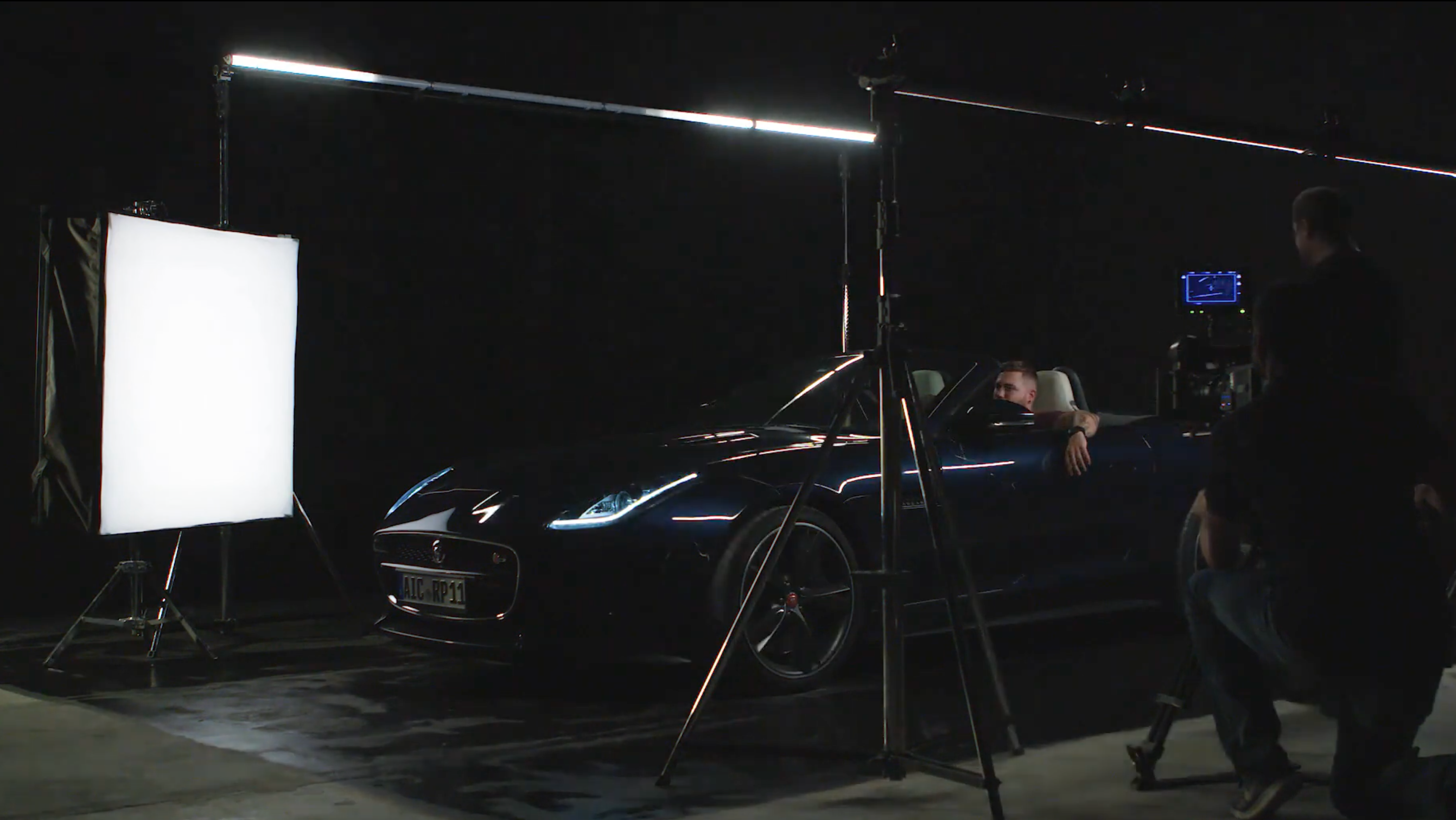Controlling Light Remotely
DMX lighting has become a popular solution to carry out dramatic changes in frequency, color and more

Remote control for lighting in the television and film industries has become a new standard. Production requires more setups in less time and so it has become crucial to have the ability to change the settings of our units without even having to touch them. Units can be rigged up high and the crew no longer has to use a ladder or lift to change settings like intensity and color. As cinematography becomes more sophisticated and lighting gigs become more complicated, this practice of DMX lighting has become a popular solution to carry out dramatic changes in frequency, color and more.
CONTROL AT YOUR FINGERTIPS
We saw remote control over lighting come about in the 1980s, when a cable could be run from the unit to a board, and from the board a technician could dim or strike the light. The board communicates to the light from afar and was developed with stage lighting in mind. It took a little more than another decade to begin to see wireless control come about. Now, after decades of advancements in this technology, so much can be done wirelessly, though cabling is still very often needed and easy in studio setups and situations where lots of units play for long periods of time. The point is, DMX control is at our fingertips.
With this technology being so accessible comes a modern trend in cinematography that is light changing during a shot. Because it is so dramatic to watch the color, frequency and intensity of light adjust during a shot and quite unlike real life where we use continuous light, these effects are seen mostly in the commercial and music video worlds.
One great example is the latest music video from Carla Morrison. Light changes from warm to cool, a lightning effect happens over and over again, and is controlled remotely. To achieve this, a technician such as the gaffer or board op is nearby controlling the units based on the cues in the song. Timing light gags, whether to music or an action like an actor flipping a light switch, usually requires some rehearsal. Everyone needs to be in sync and understand when these changes happen.
For wireless control, LED chips are found inside each unit that are essentially small computer chips that communicate a variety of adjustments and control the unit in general from overheating, etc.
The Astera Titan is a popular example of lighting that is completely wireless. They’re battery-operated and controlled completely remotely. These lights use their own proprietary software to operate from a distance.
However, there are systems with receivers that can go into a large variety of units that connect with a transmitter like Cintenna from RatPac Controls. These then use apps such as Luminair to control everything. Just as on physical boards, you can save presets on digital boards as well, and control what fixtures are grouped together with each of their individual settings. The transmitter is essentially somewhere within reach of everything or even placed on the technician’s belt.
SMART BULBS
Alongside lm and television lighting, home lighting has also followed suit in the ability to have bulbs grouped together and different effects programmed. Consumers who aren’t in the lighting space can easily learn to program and control their household smart bulbs. Companies such as Astera and Aputure have recently come out with smart bulbs that take it a step further with bulbs that can be dialed between thousands of color temperatures.
Both the Astera NYX and Aputure B7c bulbs are controlled with apps and one of the biggest improvements with these LED bulbs is that they are completely flicker-free at any shutter speed on camera. They’re also super color accurate, which has been something LED technology has been battling to get right for some time. Another bonus is that you can charge multiple bulbs all using the case they come in. A variety of attachments and power options is also available so placing in different locations is easy.
DMX saves us time, which we all know is money. Time is taken with the more complicated cues you have within a lighting setup, but the ability to dial things in so effortlessly is incredible. They’re real-time adjustments as well, so there’s no waiting around for color to change or a light to be dimmed down. The technology of remote controlling lights will continue to improve, with higher output LEDs becoming more portable and adjustable and with even more options within the apps.
Julia Swain is a cinematographer whose work includes films such as “Lucky” and “Speed of Life” alongside dozens of commercials and music videos. She continues to shoot on a variety of formats, seeking to create compelling visuals for every story and brand.
She can be reached through TV Technology.
Get the TV Tech Newsletter
The professional video industry's #1 source for news, trends and product and tech information. Sign up below.
